Home
//
Portfolio //Project
McMinnville Airport Runway 4-22 Rehabilitation
McMinnville, OR
Details
3
Design Scenarios
$7 Million
Project Cost
5,400'
Runway Length
Project
Runway 4-22 runway was last rehabilitated in 1993 and is at the end of its useful life. The existing pavement has extensive cracking and exhibits signs of overloading due to increased use by heavier aircraft. Century West’s role on the project is to lead all environmental, design, bidding, and construction period services.
A key element of the project is the environmental study and pre-design analysis. Extensive evaluation of the project footprint as it relates to the project design is being conducted due to the presence of potential wetlands and the known presence of the Streak Horned Lark (a listed species). For instance, significant grading along the runway shoulders may impact Streaked Horned Lark habitat. To address this, our team is reviewing the existing topography and performing up to three different design scenarios so we can evaluate the extent of the project footprint and avoid or mitigate all environmental impacts.
Our engineering evaluation will review the required pavement section based on the projected aircraft fleet, consider issues related to potentially narrowing the runway from 150 feet to 100 feet, an evaluation of the existing high intensity runway light (HIRL) system, impacts to FAA-owned NAVAIDS, and drainage considerations. Using the conclusions of the study, the design approach will minimize or avoid environmental impacts. McMinnville Airport has a second runway (RW 17-35) that intersects with RW 22. Work at this location will require an airport closure or the use of temporary thresholds to maintain safe operation by airport users during construction. This intersection also limits the ability to incorporate grade changes or construction methods that might reduce construction cost in this area because both runways have to be at the same elevation at this point. In short, the intersection will require complete reconstruction. In other areas that are not limited by grade restrictions, our approach will consider pulverization of the existing surface/base course and its reuse in the new pavement section. Due to the amount of cracking, rehabilitation via overlays is not likely a cost effective rehabilitation method for this project. Other project design elements include, underdrains, surface drainage, a new HIRL system, remarking, guidance signage, and an AGIS survey.
A key element of the project is the environmental study and pre-design analysis. Extensive evaluation of the project footprint as it relates to the project design is being conducted due to the presence of potential wetlands and the known presence of the Streak Horned Lark (a listed species). For instance, significant grading along the runway shoulders may impact Streaked Horned Lark habitat. To address this, our team is reviewing the existing topography and performing up to three different design scenarios so we can evaluate the extent of the project footprint and avoid or mitigate all environmental impacts.
Our engineering evaluation will review the required pavement section based on the projected aircraft fleet, consider issues related to potentially narrowing the runway from 150 feet to 100 feet, an evaluation of the existing high intensity runway light (HIRL) system, impacts to FAA-owned NAVAIDS, and drainage considerations. Using the conclusions of the study, the design approach will minimize or avoid environmental impacts. McMinnville Airport has a second runway (RW 17-35) that intersects with RW 22. Work at this location will require an airport closure or the use of temporary thresholds to maintain safe operation by airport users during construction. This intersection also limits the ability to incorporate grade changes or construction methods that might reduce construction cost in this area because both runways have to be at the same elevation at this point. In short, the intersection will require complete reconstruction. In other areas that are not limited by grade restrictions, our approach will consider pulverization of the existing surface/base course and its reuse in the new pavement section. Due to the amount of cracking, rehabilitation via overlays is not likely a cost effective rehabilitation method for this project. Other project design elements include, underdrains, surface drainage, a new HIRL system, remarking, guidance signage, and an AGIS survey.
Related Projects

Richland Municipal Airport, Electric Replacement Design
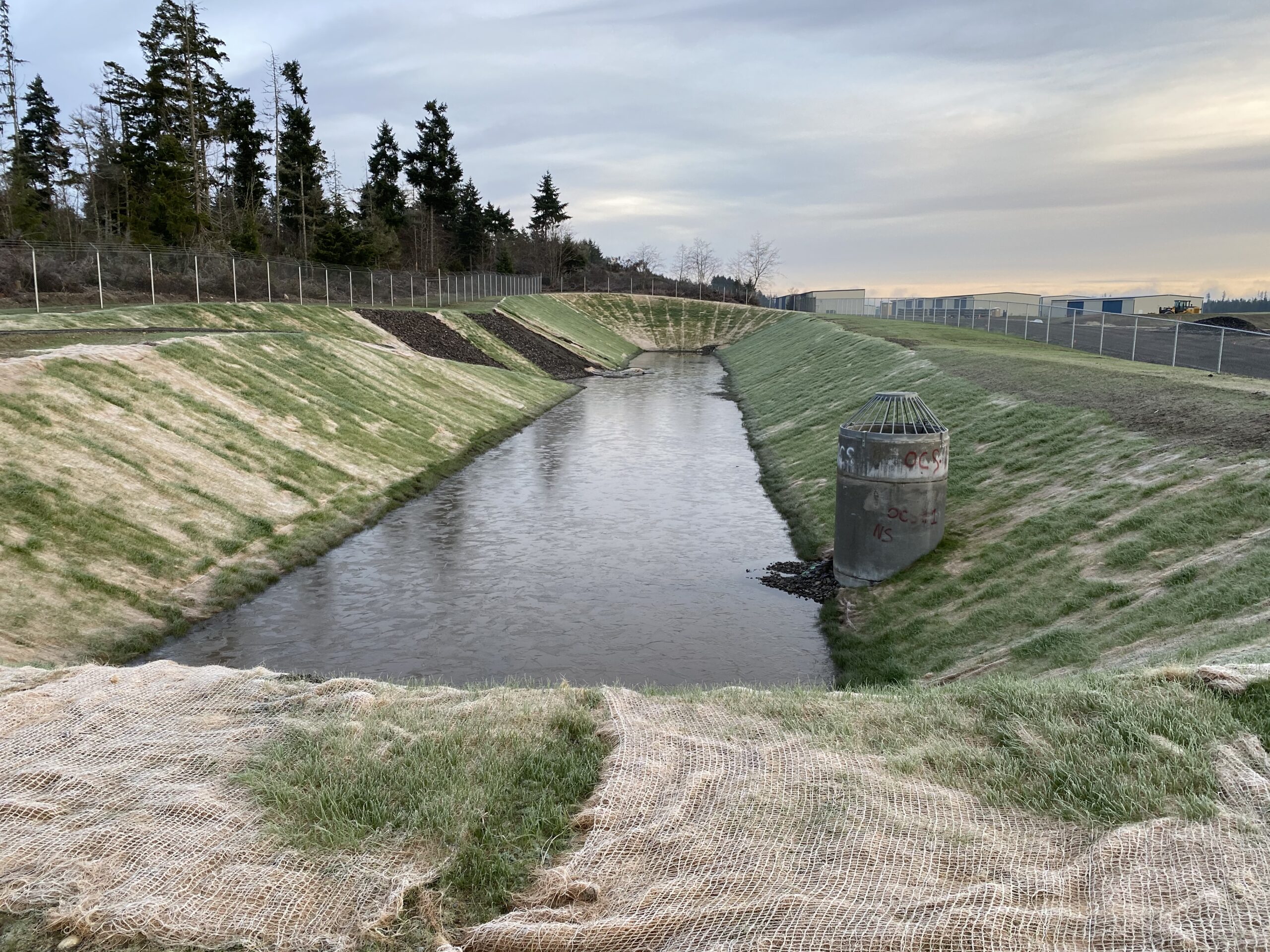
South Hangar Project
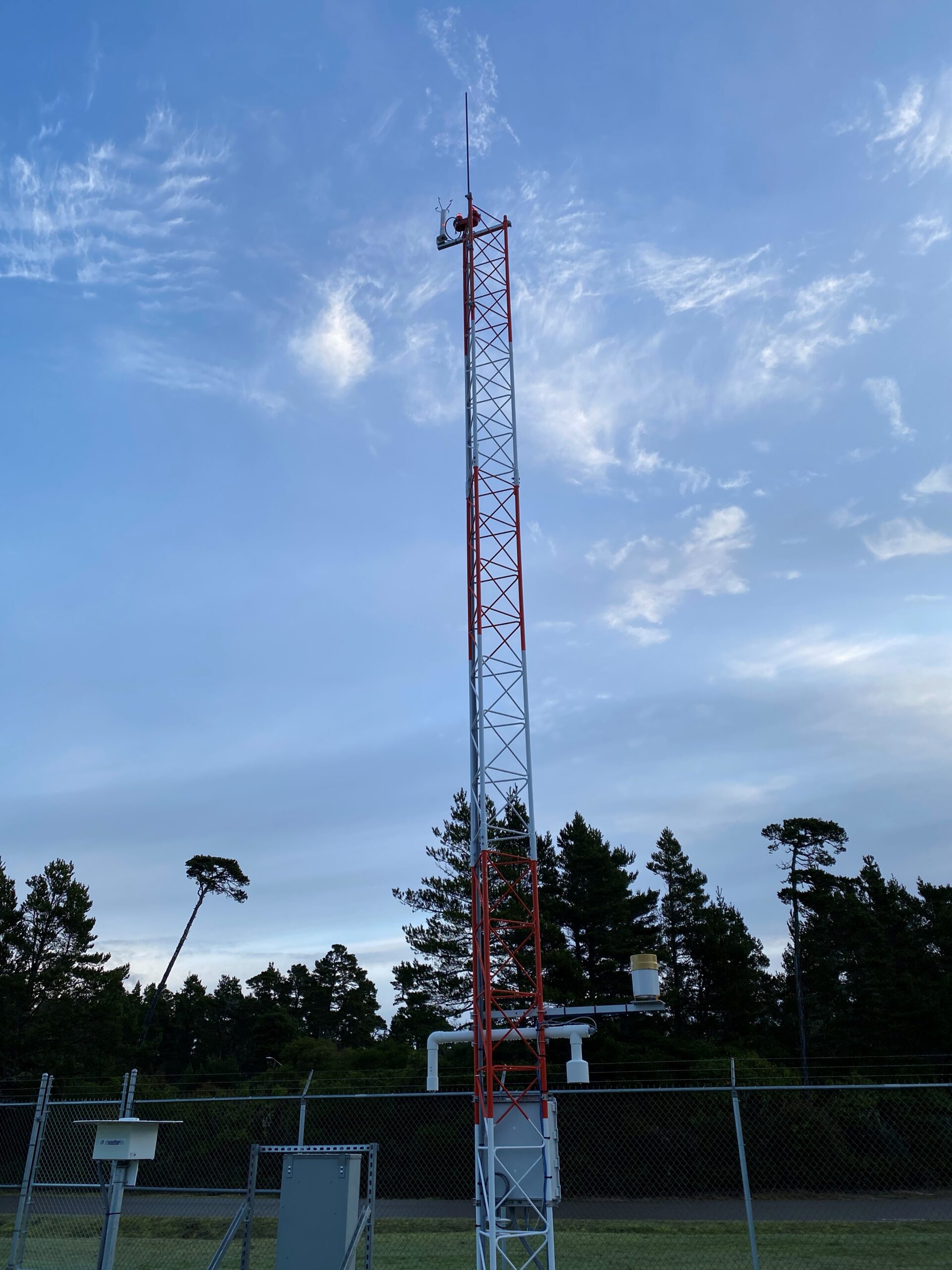
Florence Airport - AWOS Reconstruction
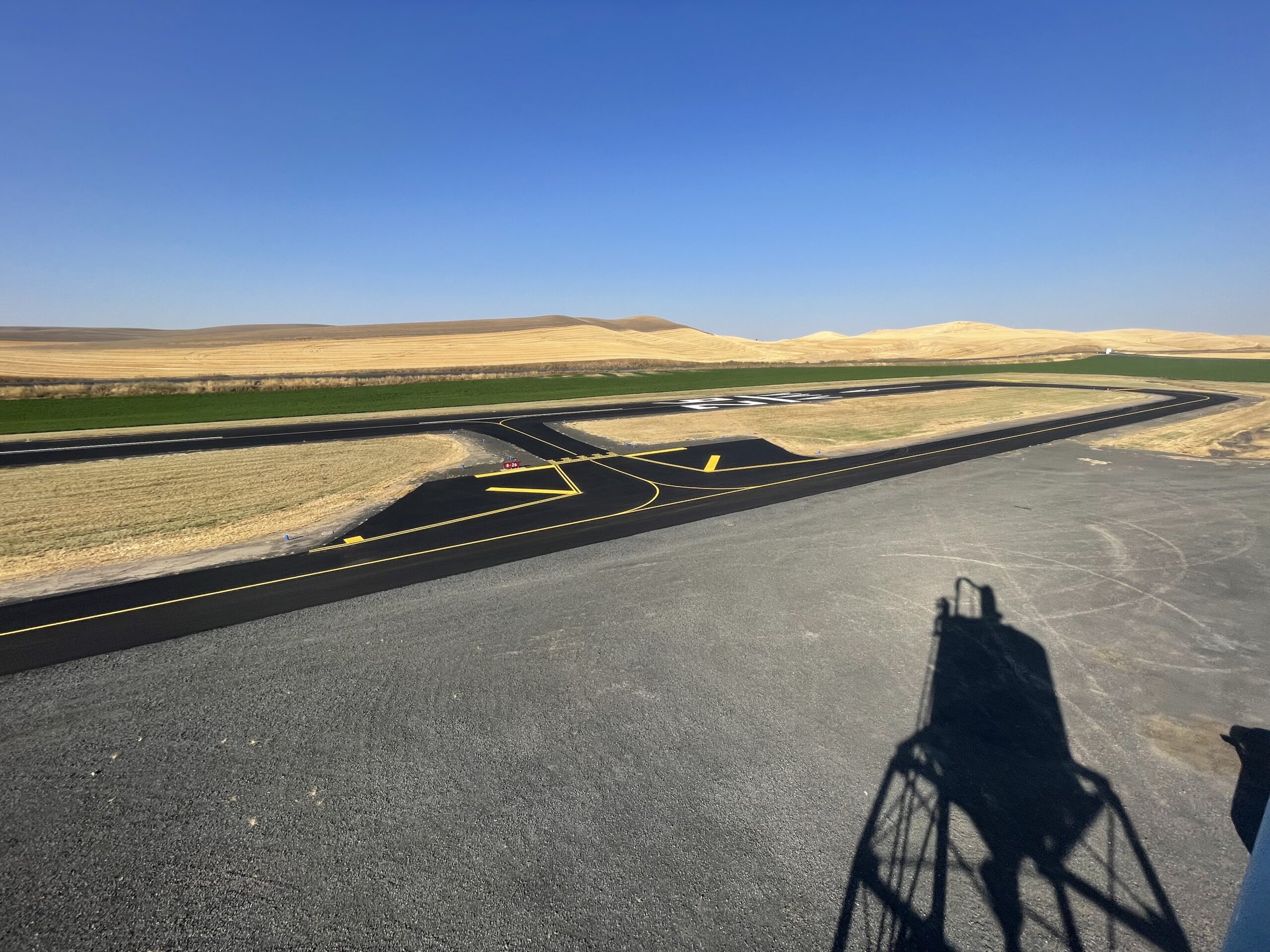
Port of Whitman Business Air Center (POWBAC), Pavement Rehabilitation & NAVAIDs

Airport Planning

Runway 5-23 Shift, Extension, and Reconstruction

Portland International Airport, Taxiway T Rehabilitation & Concourse B Apron Improvements
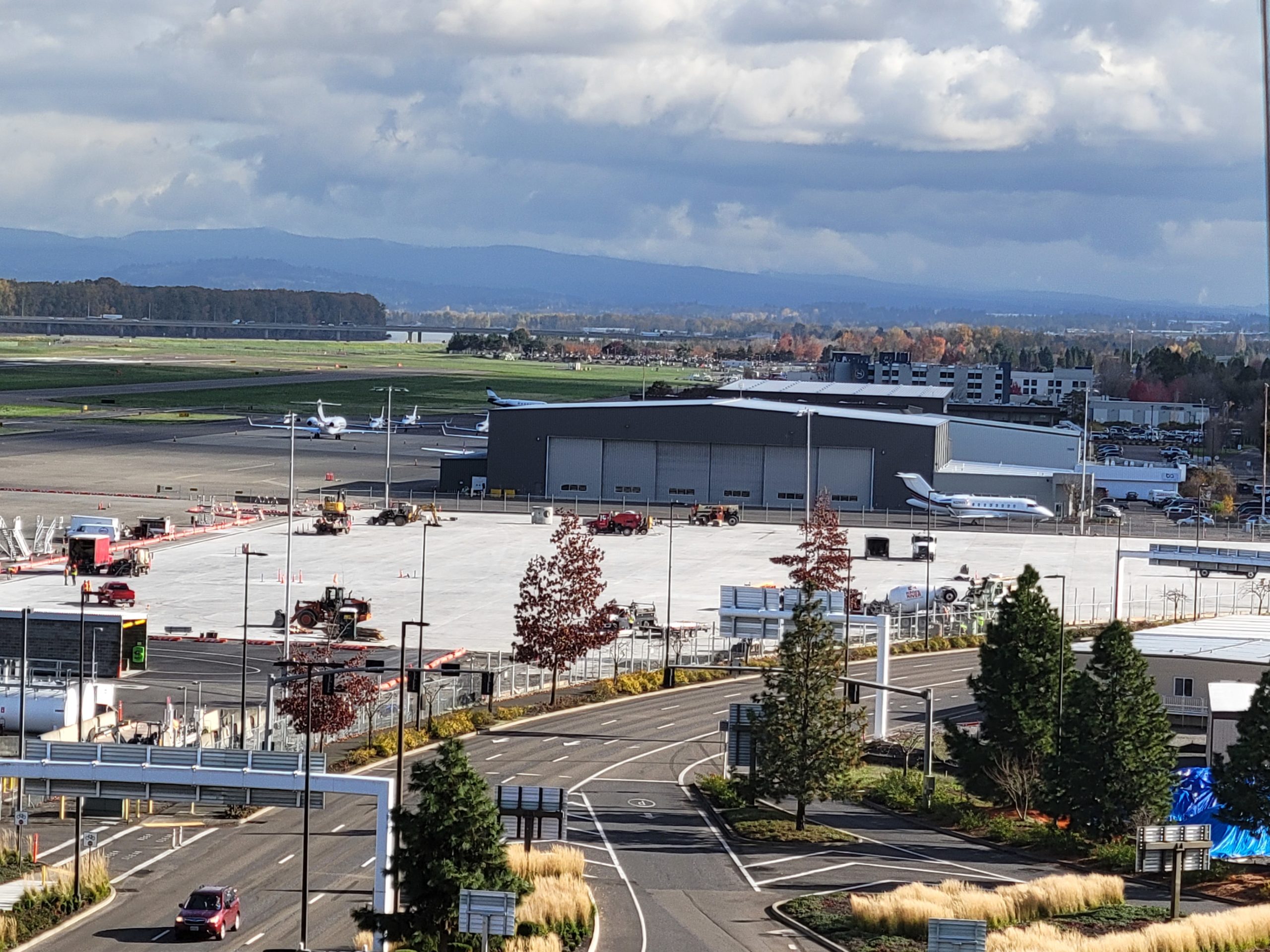
Portland International Airport, Remain Overnight (RON) Parking Reconfiguration
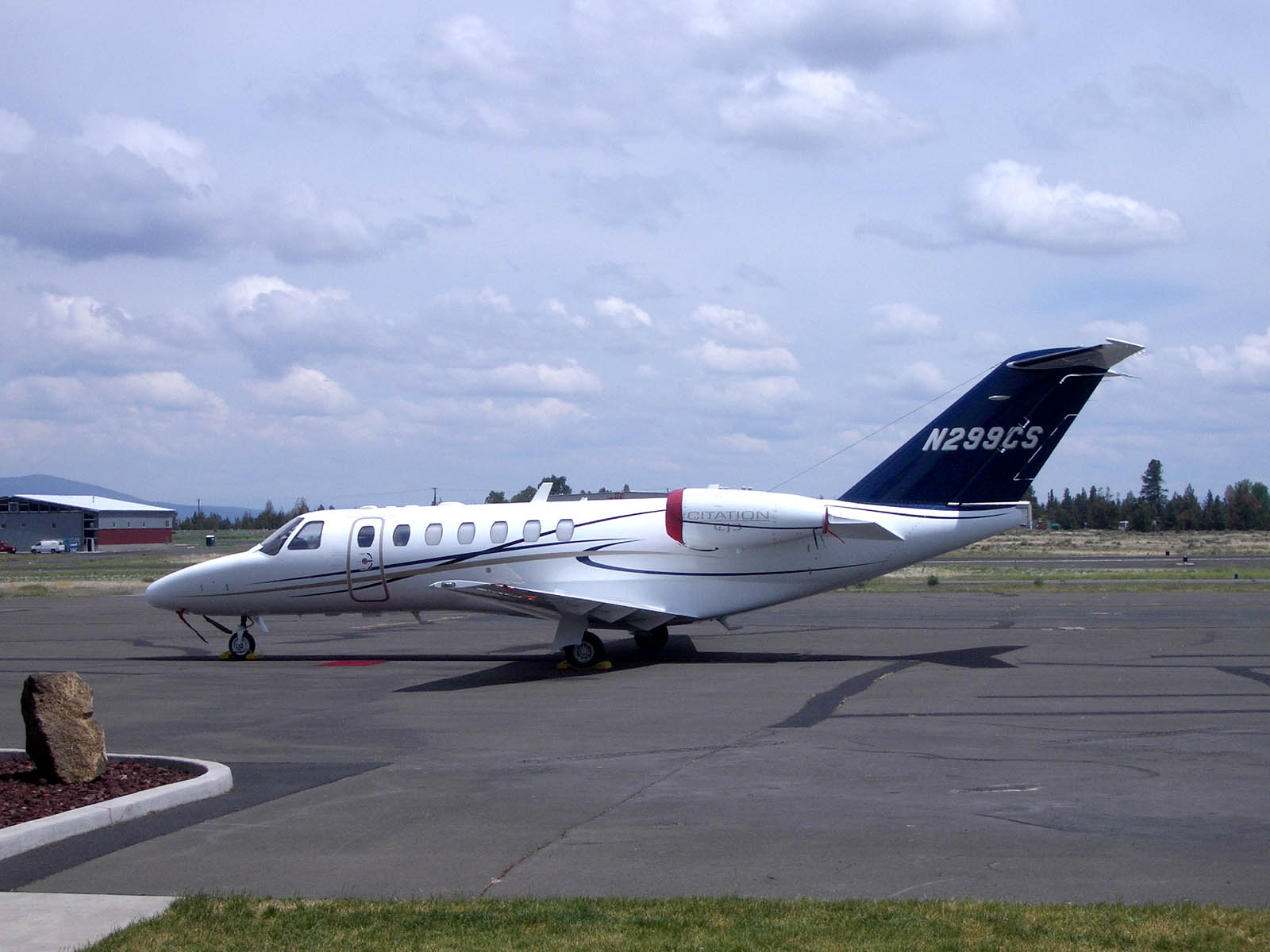
Bend Municipal Airport – Airport Master Plan Update
